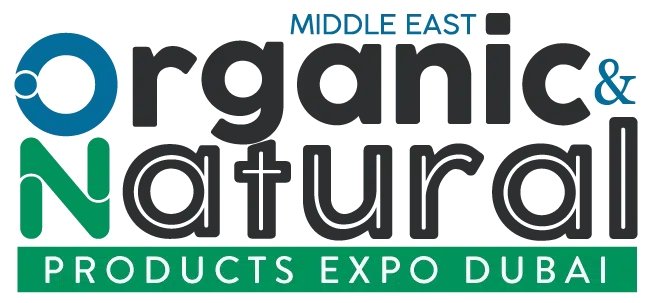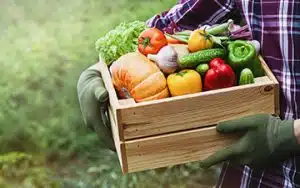12th May, 2025
What specific products or innovations are you actively sourcing from international markets right now

Farzana Trading – Procurement & Global Sourcing Leader
Hi, my name is Svetlana Belousova and I handle global procurement of fresh produce at Farzana Trading, a multinational importer and distributor of fresh produce, poultry, eggs, and other food products across the UAE and beyond. As fresh produce is seasonal, we are currently focused on sourcing airships, spinach, blueberries, and strawberries. Additionally, we regularly import oranges, apples, pears, and persimmons during this season To succeed in our market, products must meet local regulations and our internal quality standards.
What certifications or standards must products meet?
To successfully export products—particularly food and agricultural goods—into the Gulf Cooperation Council (GCC) region, including countries like the UAE and Saudi Arabia, exporters must comply with a range of regulatory and certification requirements that ensure food safety, traceability, and cultural compatibility.
Key documentation and certifications typically required include:
- Certificate of Origin: Establishes the country in which the goods were manufactured or produced
- Phytosanitary Certificate: Mandatory for fresh fruits, vegetables, and plant-based products, this ensures the shipment is free from pests and meets GCC plant health standards.
- Veterinary Health Certificate: Essential for animal-based products like dairy, meat, and eggs, this document confirms the health and hygiene status of the animals from which the products are derived.
- Halal Certification: Required for poultry, meat, and other animal products, ensuring that goods comply with Islamic dietary laws. This certificate must be issued by an approved Halal authority recognized by the importing GCC country.
 These certifications are not only compliance measures but also serve as trust signals to local importers, buyers, and retailers in the GCC, helping exporters penetrate the market more effectively. Failing to meet any of these documentation requirements can lead to shipment delays, fines, or outright rejection at customs.
These certifications are not only compliance measures but also serve as trust signals to local importers, buyers, and retailers in the GCC, helping exporters penetrate the market more effectively. Failing to meet any of these documentation requirements can lead to shipment delays, fines, or outright rejection at customs.
What are the most common mistakes new suppliers make when trying to enter the GCC market
Entering the Gulf Cooperation Council (GCC) market—which includes the UAE, Saudi Arabia, Kuwait, Bahrain, Oman, and Qatar—presents immense opportunities for international exporters. However, many new suppliers fall short due to a lack of market-specific knowledge and preparation. Below are some of the most common mistakes exporters make when trying to break into the GCC region, and how to avoid them.
- Lack of Understanding of Market Dynamics
One of the top mistakes is entering the market without a deep understanding of local pricing structures, consumer behavior, and how the distribution ecosystem functions. This often leads to mismatched pricing, poor product positioning, and unmet consumer expectations—ultimately weakening a supplier’s ability to compete.
- Partnering with the Wrong Distributor
Suppliers frequently choose local partners based on big promises rather than proven capabilities. A partner who overcommits but fails to deliver volume, payment consistency, or market support can damage both brand value and trust in the region. It’s critical to vet local partners thoroughly and ensure they have a strong network, transparent practices, and a history of long-term relationships. - Ignoring Real-Time Market Conditions
Thanks to the ease of import procedures in the GCC, markets can become oversaturated quickly. This leads to frequent price volatility and stock devaluation. Suppliers must stay up to date with real-time market trends and inventory flows to avoid entering an already flooded market. - Inadequate Logistics and Quality Control
Another critical challenge is preserving product quality during long-distance transportation. Inadequate storage, packing, or shipment conditions often lead to spoilage, damaged goods, or non-compliance with GCC quality standards. Poor logistics planning also increases the risk of costly claims and rejected shipments.
- Key Tip for Exporters:
To succeed, suppliers should invest in smart logistics, real-time market intelligence, and choosing partners who offer insights—not just volume. Ensuring proper documentation, temperature-controlled shipments, and a clear understanding of regulatory requirements will reduce risk and build long-term trust with GCC buyers.
How do you choose new suppliers?
When we are selecting new suppliers, we look beyond price and product quality.
We value transparency, reliability, and long-term mindset. Partners who communicate openly, deliver consistently, and truly understand our market. I’m excited to participate in the upcoming Organic Maglis and share more insights with you.

